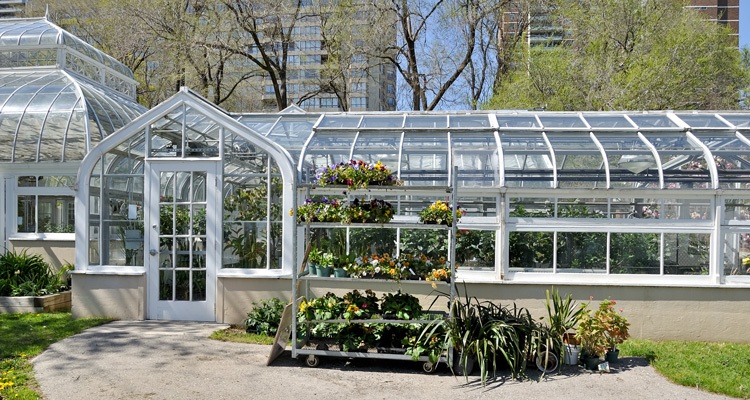Plasticulture is a combination of two words, plastics, and agriculture, and is used in food production throughout the world. The plastic materials themselves, broadly referred to as agriculture plastics or ag plastics, were developed in the 1940s by University of Kentucky Instructor, E.M. Emmert, a horticulturist who is considered to be "The Father of Plastic Greenhouses." Emmert discovered polyethylene plastic film offered several benefits for farming. The original goal of these plastic films, to produce higher yielding crops, is the same today as it was more than 75-years ago. Agricultural plastics were first used by Emmert to create resilient, cost-effective greenhouses and replace the more typical glass greenhouses that were popular at that time. According to horticulture research paper from Purdue University, this is when the new technology was dubbed plasticulture and first used for greenhouse coves, soil mulch, and high tunnels. In addition to capturing solar radiation, plastic films protect plants from harsh weather conditions and less ideal growing environments.
How Do Agriculture Plastics Benefit Farming?
Polyethylene plastics used as membranes or thin barriers work to enhance plant growth in numerous ways. Plasticulture has been a fast-growing technology for developing countries. It will continue to play a significant role in the agriculture industry in the coming decades. According to statistics on Wikipedia, Plasticulture is the fastest growing plasticulture markets are Spain and China. While the original plastic greenhouses emulated their glass house counterparts, they evolved over time. Scientists and food growers soon realized that plastic is a flexible enough material to build long tunnels to house rows of crops in the fields. High- and low-tunnels enable a more efficient use of material that covered more area. Today, these techniques allow farmers to grow crops of plants that would otherwise not grow (or not grow well) in the native environment where they are planted. Effectively, ‘greenhouse tunnels’ can be ventilated to create less hostile growing climates in areas that would normally be arid and inhospitable.How Are Agricultural Plastics Used in Mulching?
Another use of AG plastics that is still constantly developing are plastic mulches. Fiber-based mulch is used to suffocate weeds and enhance water retention in soil, which is usually sufficient for small garden applications. However, the bulkiness and weight of real mulch is very counterproductive for large scale applications.Plastic mulch is a very powerful solution:
- It is more effective for plant growth
- Increases crop yields
- Inhibits weed growth
- Is smaller volumetrically
- Requires fewer labor hours to install




